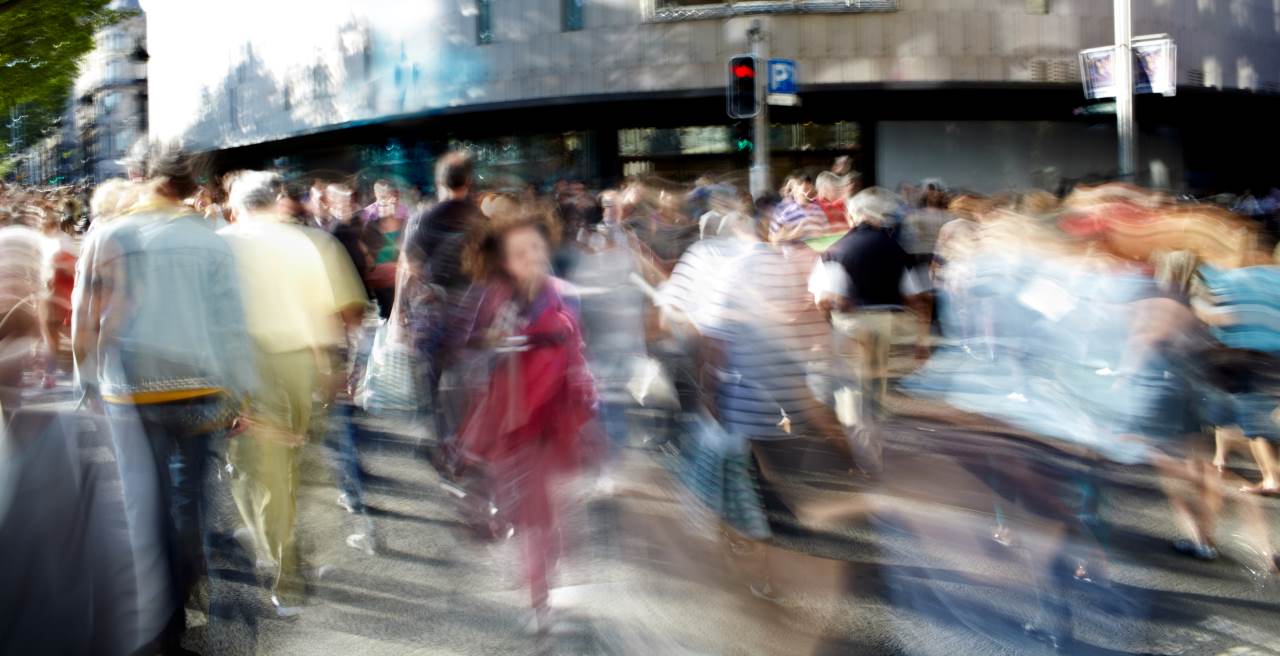
Situational Awareness (To See)
You may have heard the phrase “to see and be seen”. It is so common in our vernacular that the
origin has largely been lost in time. In the context of proactive self-defense however, it has special meaning. “To see” (situational awareness) is the active observation of your environment, an orientation of yourself within it and an assessment of risk.
There are several sources which describe situational awareness, methods of recognizing threat levels and associated mindsets. Excellent examples include the OODA loop by USAF Colonel John Boyd and the Modified Color Codes by Jeff Cooper. Each rightfully suggest that we always
be at some level of awareness to avoid danger and minimize reaction time.
Assuming a potential threat is recognized, we are often taught to either fight or flee. There is another option that is often overlooked – the validation of the threat itself. This is a step you should do, if applicable, before deciding to fight or flee.
This article will introduce one often overlooked method of proactive self-defense, one providing
a way to confirm and possibly avoid a threat – Situational Presence.
Situational Presence (To Be Seen)
Situational Presence is the “to be seen” aspect of “to see and be seen”. It is how you project
yourself. Unlike situational awareness, it is not always required. However, it is a valid potential
response to perceived threats. Under certain circumstances, your situational presence is a tool
that can help you avoid danger.
Just as in the wild, predators seek out vulnerable prey. It’s no different in a subway, parking lot
or dark alley. Criminals look for who they perceive as easy targets. And why wouldn’t they?
Criminals often mark their targets that offer them the greatest chance of success with the least
risk to themselves.
Reacting to the “Shark Bump”
The “shark bump” metaphor has been used to describe how predators gauge a prey’s
vulnerability before deciding to attack. Scanning a crowd and looking tough is a method of shark
bumping. Criminals may be looking for a reaction or lack thereof.
Unfortunately, one of the most common human reactions to a threat is to ignore it. The “If I don’t
look, the boogey man will go away” mentality is a dangerous passive mentality. Here are some
additional examples of passive logic: “If I stand out, then I just made myself a target.” “If I look
tough, then I may stand out as a challenger and instigate the start of a fight.”
Fear may be a natural reaction to perceived danger, but passively looking away in hopes of the
threat passing is not only wrong, it is dangerous.
Another reaction to a perceived threat is to automatically jump into the fight mode. The problem
here is that if the threat was not real, you just made it real. This time, you might be the instigator.
You can get into a lot of trouble from this type of posturing, so avoid it.
If somebody is coming at you with a knife, then all bets are off. The threat is real and it’s time to
act. But if you’ve been “shark bumped” and only perceive a possible threat, then validate it.
Either way, your situational presence can be used to confirm and de-escalate a threat.
Managing your Situational Presence
Making eye contact, acknowledgment by a nod, and even saying hello or acknowledging the
weather are progressively elevated ways of projecting yourself. You are making your situational
presence known. Your posture also projects your presence. Are you hunched over or standing
tall? Are you projecting fear or confidence? The tone of your voice and the words you say are
also ways of projecting your situational presence. Shouting, “I’ve got a gun and will shoot if you
come any closer!” is one example of projecting extreme situational presence. All of these are
elements of situational presence and there are as many ways to project your situational
presence as there are facial expressions.
As I said earlier, your situational presence doesn’t need to ooze aggressiveness. Looking like
you are ready to fight shouldn’t be your first impulse. But if the threat is real, then you may need
to show you are ready to fight and defend. That is why I call it situational presence; because
each situation is different. Do not assume everyone is out to get you. Doing so is unhealthy for
both yourself and society. The last thing I propose is that we all walk around paranoid.
My main point is that situational presence may cause a potential predator skip you over. They
may think they’ve been “made” or that you’ve seen enough to provide a description to law
enforcement. They may decide that you are not worth the risk. That is why I am writing this
article… to help you avoid being a target in the first place.
Situational presence does more than protect you; it PROJECTS you. Try it. Who knows? If
you smile, you might just get a smile back.

Haze Samoy
NRA and Illinois Concealed Carry Instructor

Recent Comments